Modern geological studies suggest that ethylene gases seeping through fissures below the Temple of Apollo may have induced the trance-like state of the priestess Pythia, providing a natural explanation for her divine prophecies.
10 interesting facts about the archaeological site of Delphi
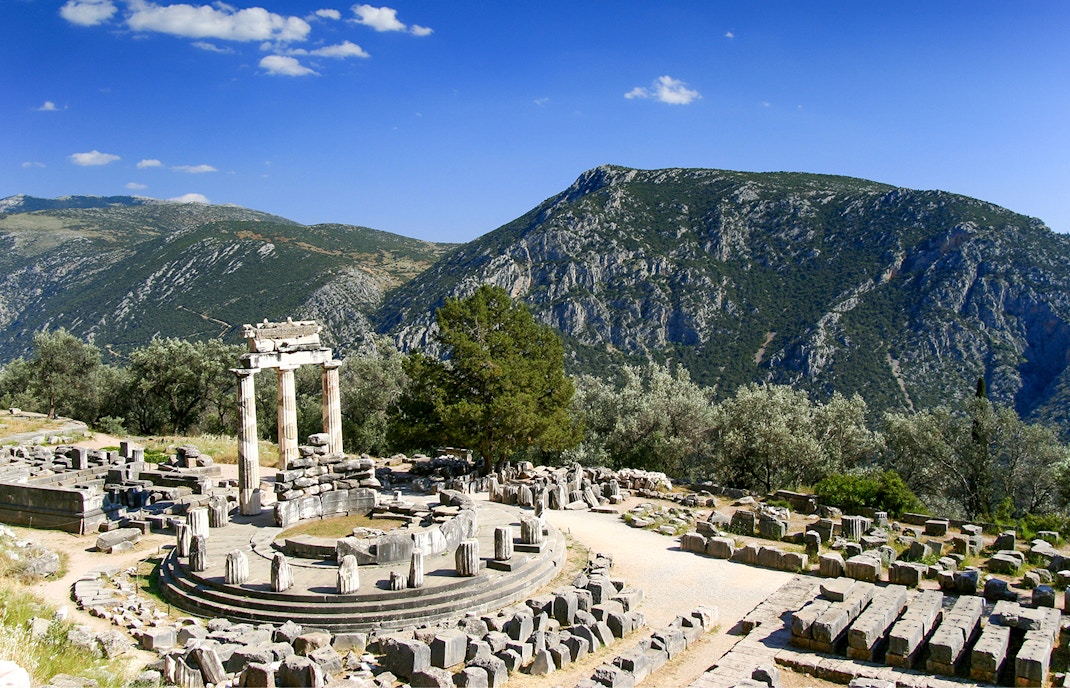
Delphi’s Oracle spoke through vapors beneath the temple
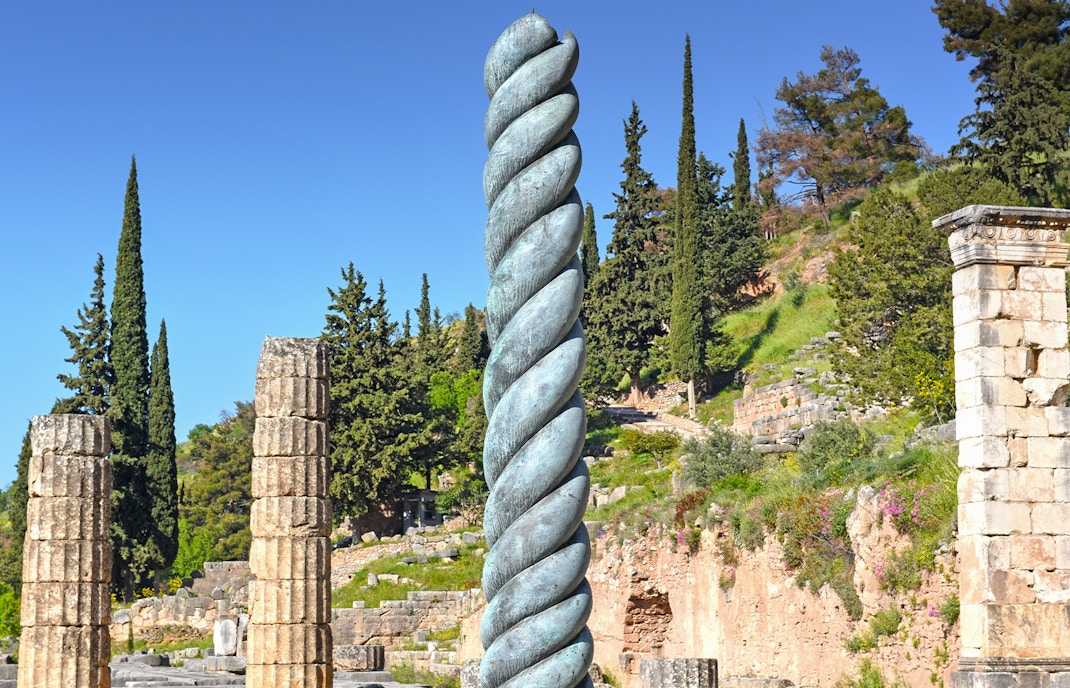
Apollo’s sanctuary replaced an older Earth cult

The ‘navel of the world’ had a literal marker

The sanctuary was once buried under a village
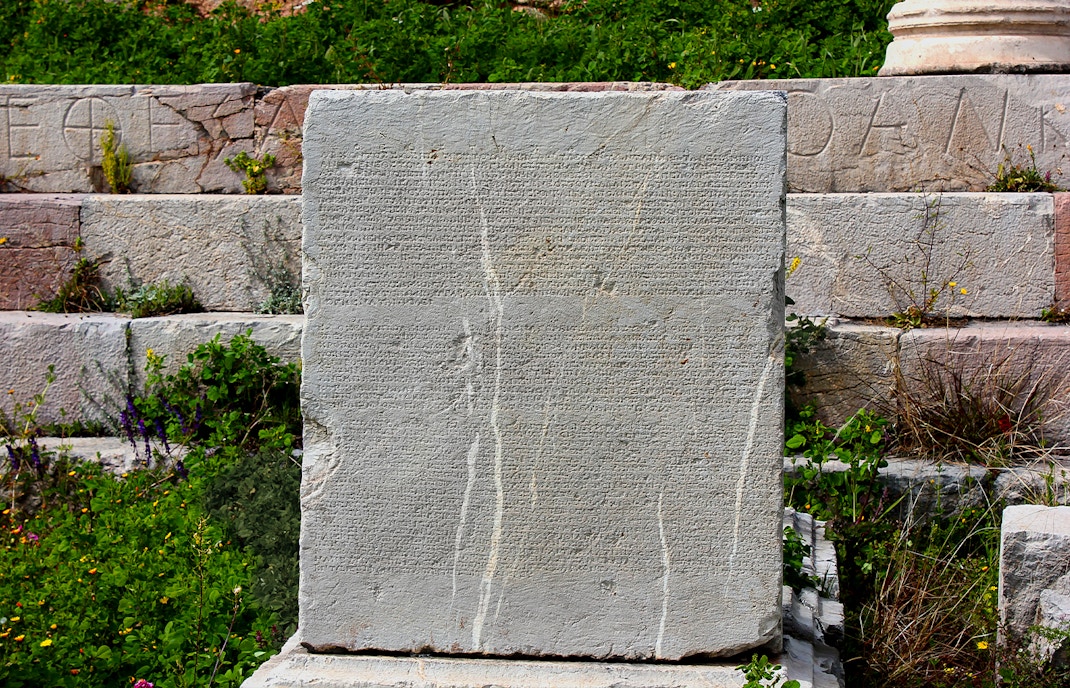
The ancient inscriptions read like personal stories
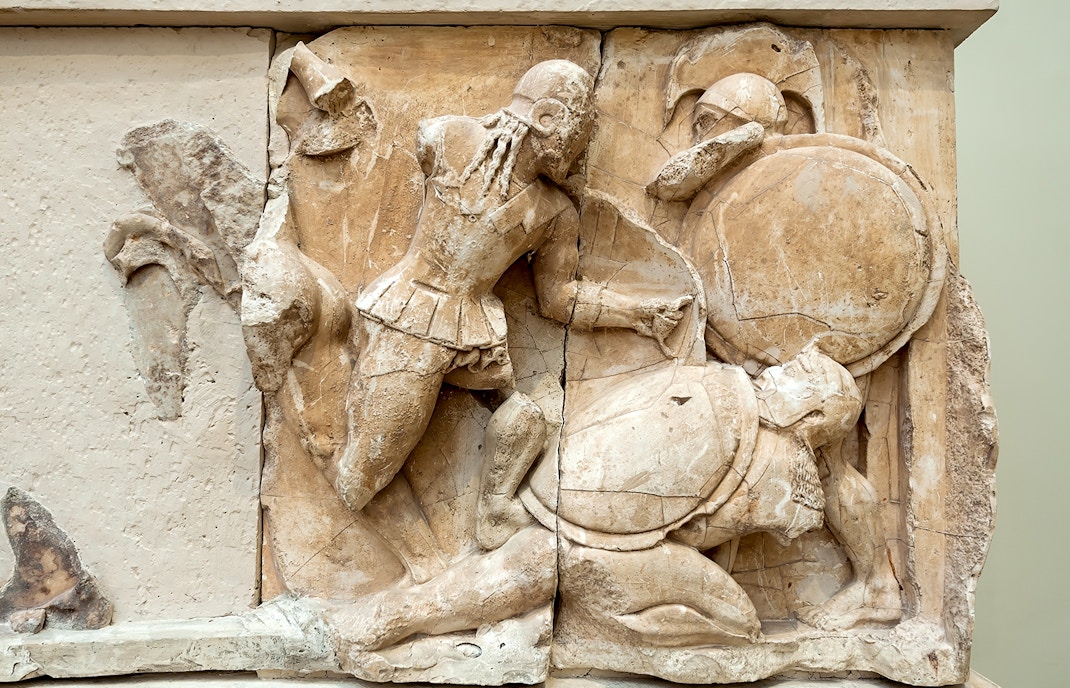
Ancient pilgrims brought offerings from across the Mediterranean
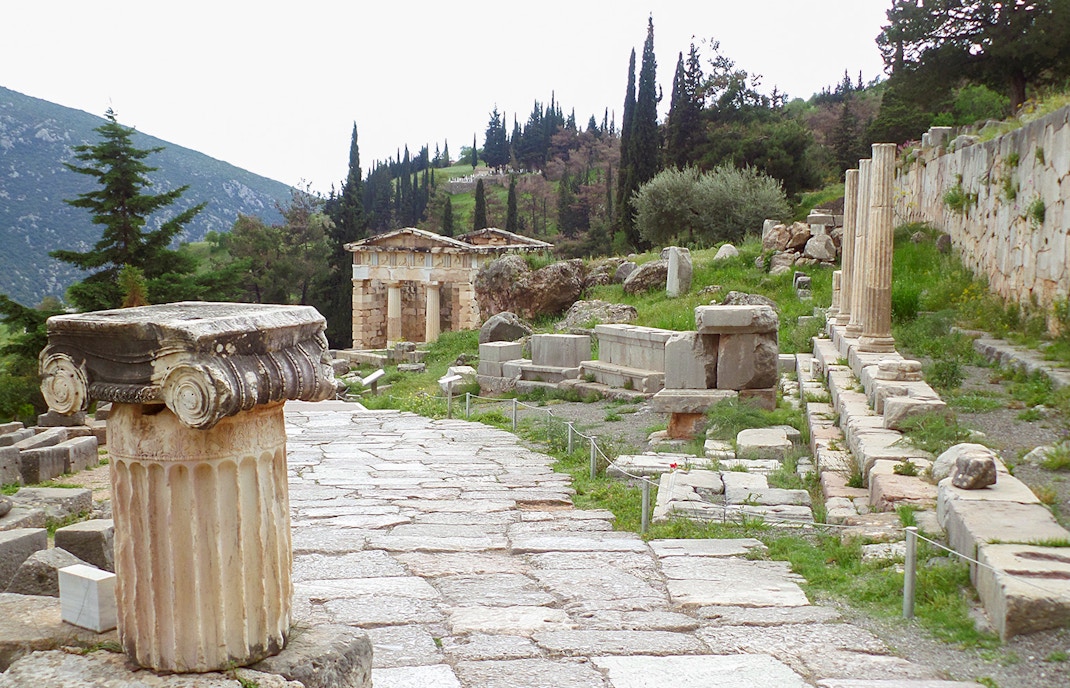
Earthquakes repeatedly reshaped the sanctuary

The Oracle’s final prophecy foretold her own silence
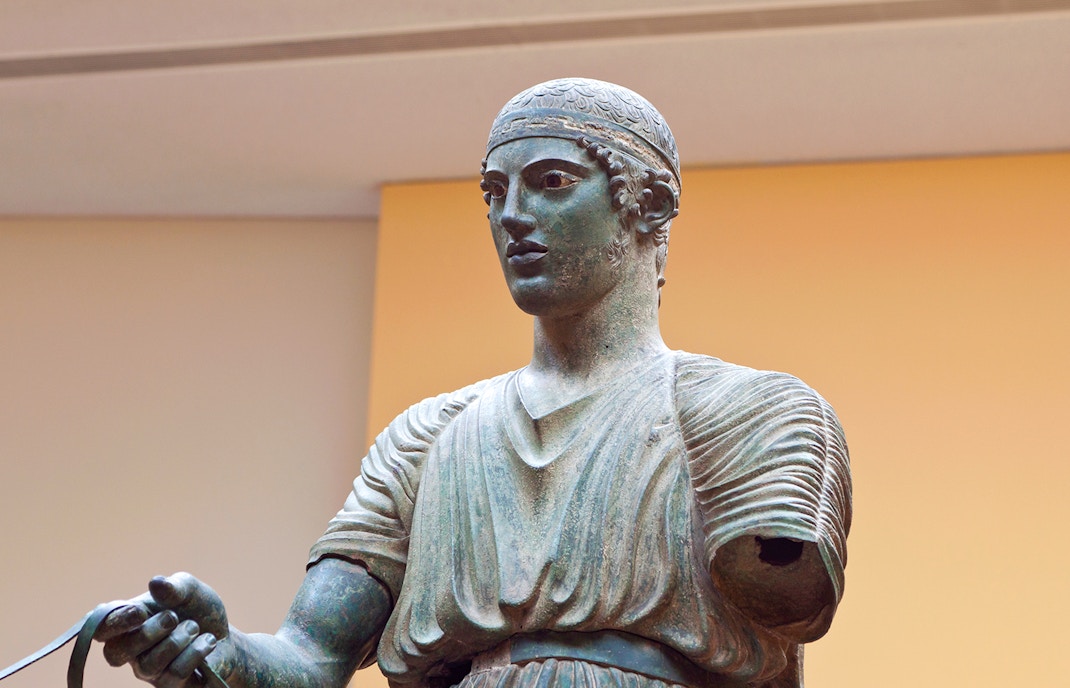
The Charioteer’s eyes still hold their original inlays
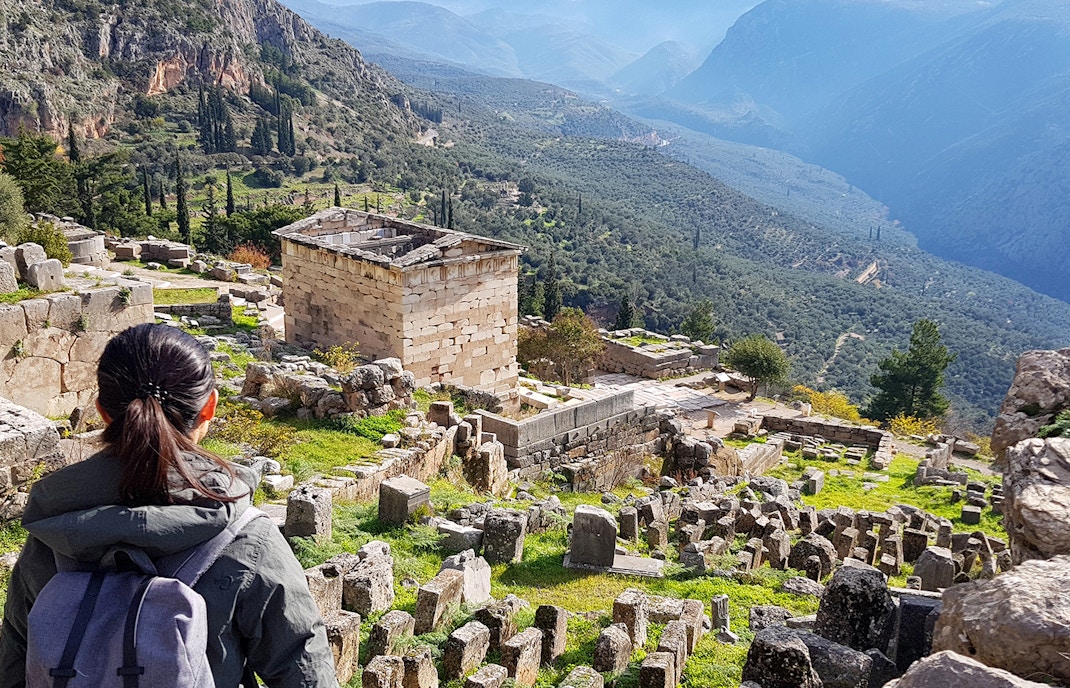
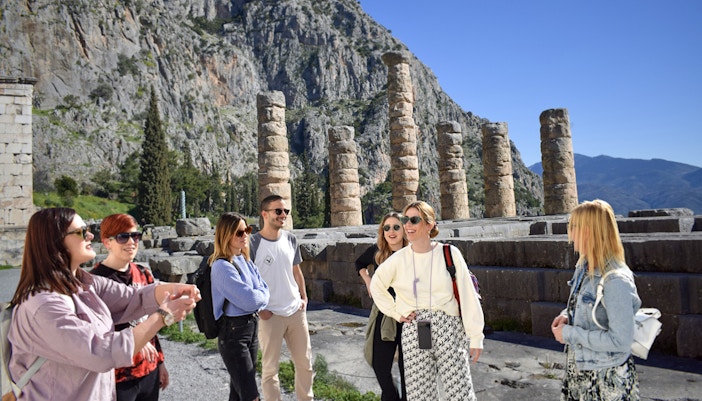


.svg?auto=format&w=156&h=48&q=90&crop=faces&fit=crop)